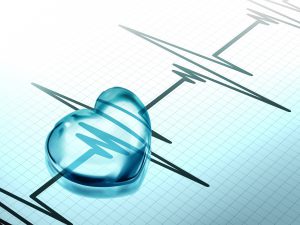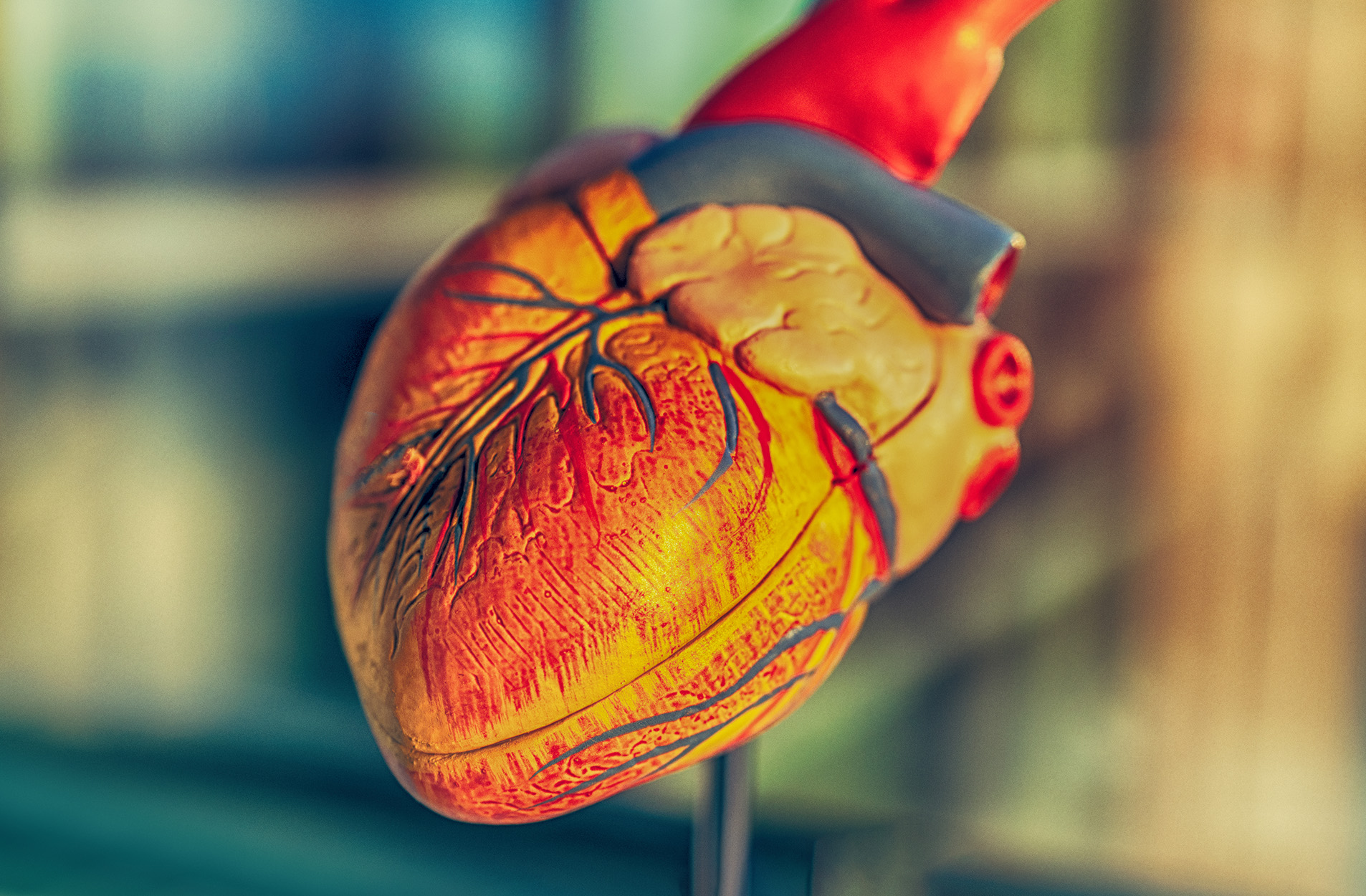Patients have a new tool to help identify a type of abnormal heart rhythm. The newly released Apple Watch Series 4 enables users to take an electrocardiogram (EKG) from their wrist to check for atrial fibrillation (A-Fib). The Food and Drug Administration (FDA) cleared the device for this purpose late last year. Since then, we’ve heard a lot of questions from patients about it. Christopher P. Rowley, MD, electrophysiologist with Lexington Cardiology, had some answers.

Photo Courtesy: Apple
Q: What is atrial fibrillation?
A: Atrial fibrillation is an abnormal heart rhythm in which the top part of the heart quivers instead of beating effectively. The danger is that blood there could become stagnant and clot, then leave the heart and cause a life-threatening stroke or embolism.
Q: How does the new Apple Watch detect atrial fibrillation?
A: The Apple Watch uses a unique method where sensors will allow users to record a heart rhythm. The watch can send them a notification if it detects an irregular rhythm that appears to be atrial fibrillation. Previous versions of the Apple Watch have detected for heart rate, too.

Dr. Christopher Rowley
Q: What does this new technology mean for patient?
A: The idea of having patients monitor heart rhythms at home is not new. We often give patients monitors attached to their chest with stickers or a patch to wear at home. They record their heart rhythm when they’re having symptoms. Then, we correlate the symptoms with the results from the monitor.
The watch aims to do the same thing. It will be worn most of the day. It may even detect an abnormal heart rhythm the patient doesn’t know about. It means we’re empowering consumers to present data to their doctor rather than just starting to figure out a diagnosis during a visit.
Q: What should you do if your watch detects an abnormal rhythm?

A: Call your doctor. It’s also important to point out that the tool is not intended for people who have already been diagnosed with atrial fibrillation, or as a substitute for seeing your doctor on a regular basis.
Q: Will it detect all abnormal heart rhythms?
A: No. The watch only checks for atrial fibrillation.
Q: How do you treat atrial fibrillation?
A: The treatment is different for each patient. It ranges from simple to complex medications, to an ablation where we go into the heart to identify the bad electrical signals and make them go away.




